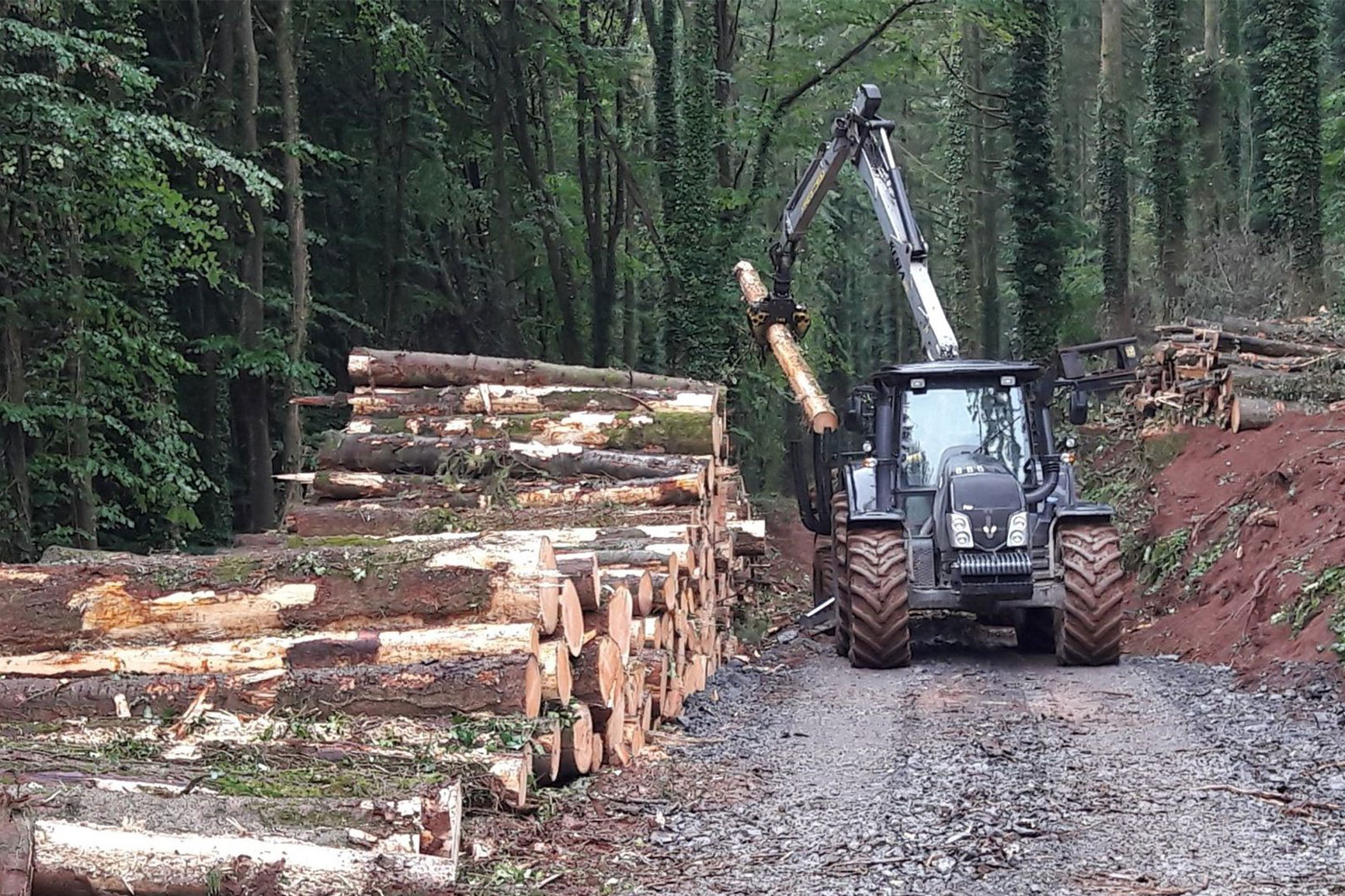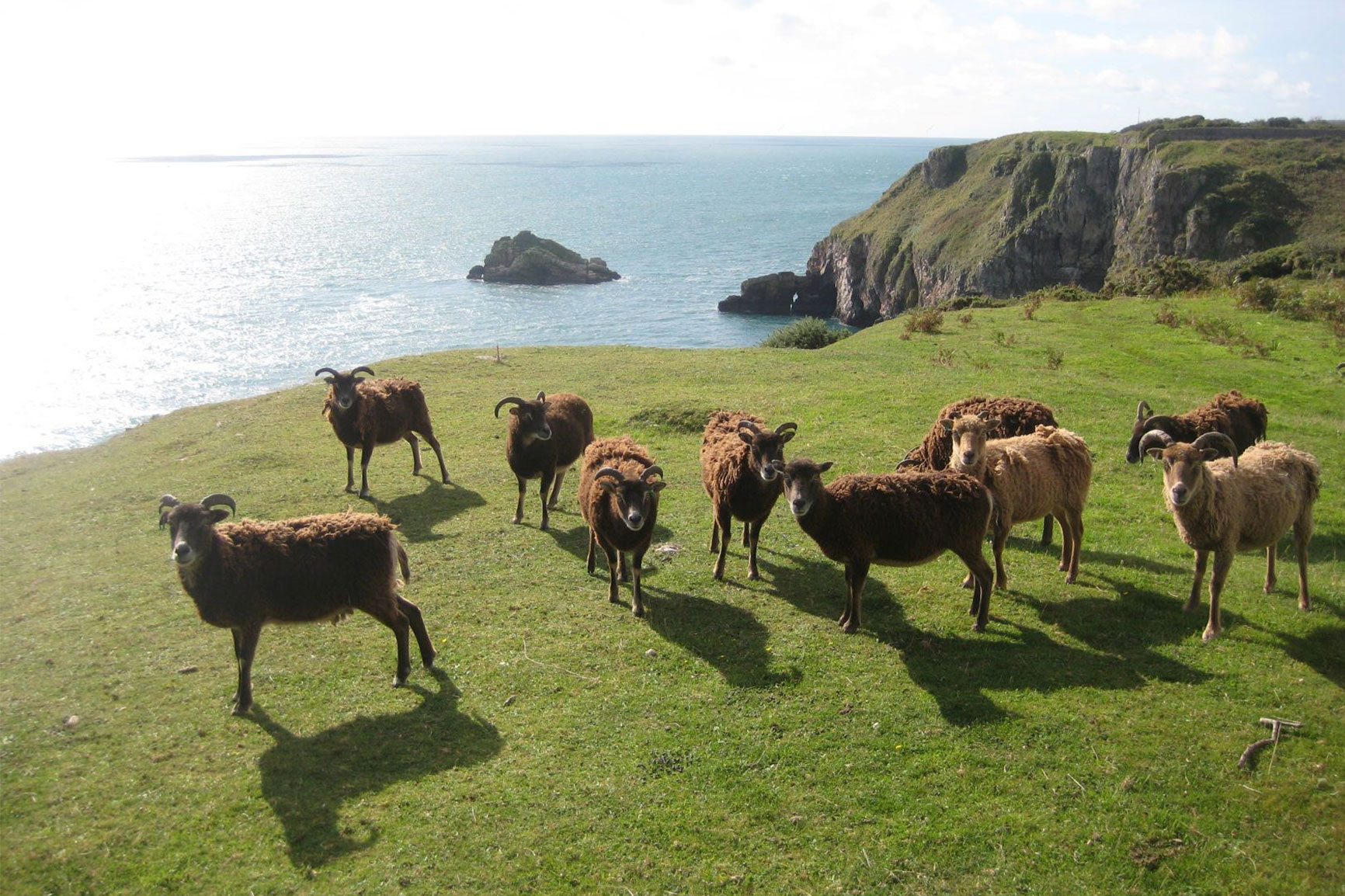Co-designing Robust natural Capital LandscapEs (CIRCLE)
DEFRA’S ENVIRONMENTAL LAND MANAGEMENT (ELM) POLICY
The UK Government is designing a new flagship agri-environment policy for England – the Environmental Land Management (ELM) scheme.
ELM will change what our landscape does, and how it will look, for centuries to come; and will be the biggest intervention in agricultural policy for more than 50 years, seeing some £3bn a year of agricultural subsidies redirected into ‘public money for public goods’.
Listen to Christopher Lee explain the CIRCLE project
Paying land managers to provide environmental benefits, like clean water and carbon capture, ELM will help to achieve the Government’s environmental targets, set out in the 25 Year Environment Plan and elsewhere; including net zero Carbon emissions by 2050, creation and restoration of half-a-million hectares of wildlife-rich habitat, and improving water quality and quantity.
To achieve these aims, part of the ELM scheme will incentivise farmers to permanently convert agricultural land to other uses (e.g. woodland, wetland, saltmarsh, restored peatland). However, whilst the benefits of such changes may take many decades to come about, the decisions on how to make these happen must be taken now.
MODELLING LAND USE CHANGE
To make those decisions, Defra must address several key questions:
Where should land use change happen? How should it be encouraged? What are its wider impacts?
One important source of information to answer those questions comes from models that can simulate land use changes arising from different policy designs, predict their impacts on the environment, and their benefits to society.
Working with Defra’s ELM design team to help answer those questions, this research translation fellowship will apply land use modelling techniques generated under the Landscapes Decisions Programme (in particular those from the ADVANCES project) to aid the policy design process.
Using the Natural Environment Valuation (NEV) modelling suite, designed and run by the Land Environment Economics and Policy Institute (LEEP) at the University of Exeter, the work will establish the potential impact of key uncertainties on ELM policy outcomes.
Accounting for uncertainties in policy design
The reality of land use modelling is that predictions come with uncertainties, arising from model inaccuracy and the inherent uncertainty of the future (e.g. future climate, food prices, and so on). In a programme like ELM, with widespread changes across landscapes, and long-term consequences many decades in the future, understanding these uncertainties is critical to ensure the desired outcomes are delivered. To that end, the core work of this fellowship draws on new methods of uncertainty analysis that are being developed through the ADVANCES (ADVancing Analysis of Natural Capital in landscapE decisionS) project. Those methods will be applied in the NEV modelling suite to support ELM design.
The project will identify patterns of land use change that deliver good outcomes (e.g. a desired level of carbon capture), and at what level of risk (i.e. uncertainties over those amounts). For example, we can identify combinations of places where the outcomes of land use change are sensitive to uncertainties; and compare those to others that deliver less favourable outcomes, but with more certainty, and hence less risk.
Policymakers can then balance outcomes and their risk when deciding where land use change under ELM should go. Coupling these new techniques with LEEP’s existing models will also afford insight into the potential uptake of the ELM scheme across different types of farm business; as well as the impact on uptake of different policy mechanism (e.g. up-front payments; annual payments, bonuses), the things that are paid for (e.g. carbon capture, recreation access); and the way prices are set (e.g. fixed prices, auctions)



Applications beyond Elm
Whilst the core of the project focuses on ELM policy design, this fellowship will also examine the potential to extend the application of these policy design techniques to regional and local scale decision making. Drawing on the expertise of stakeholders across land owning and management institutions and businesses, it will seek to identify the requirements of decision makers, and the key policy areas that could benefit from the application of these new landscape decision making techniques in future.
